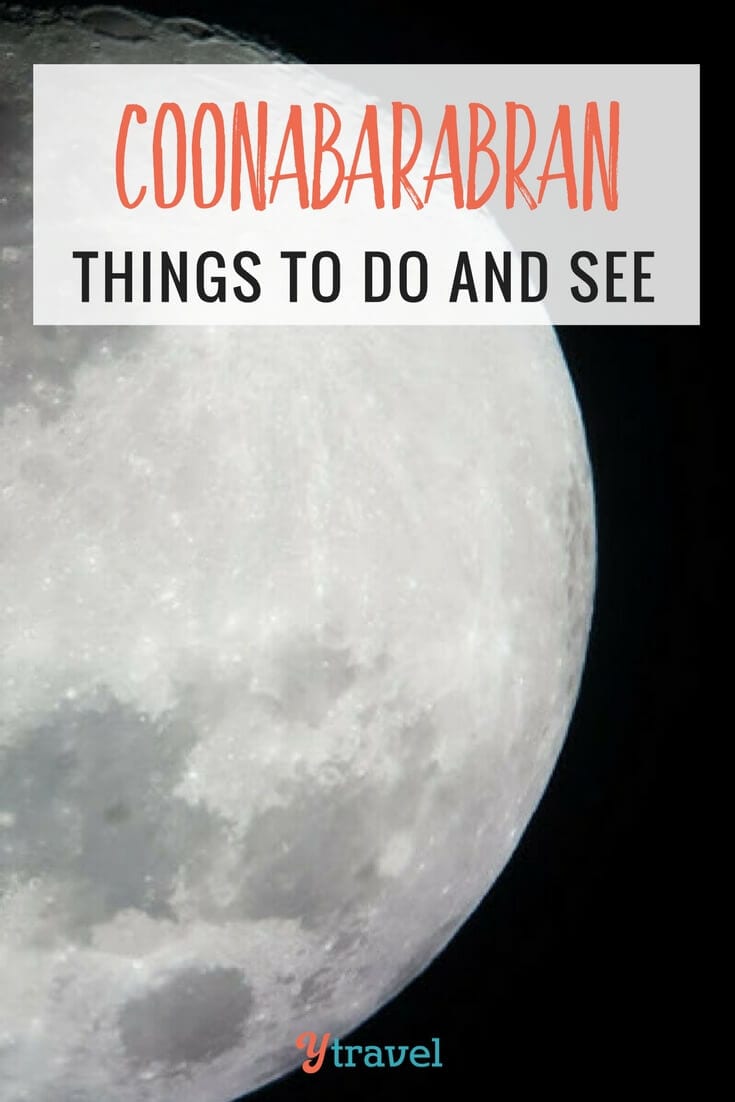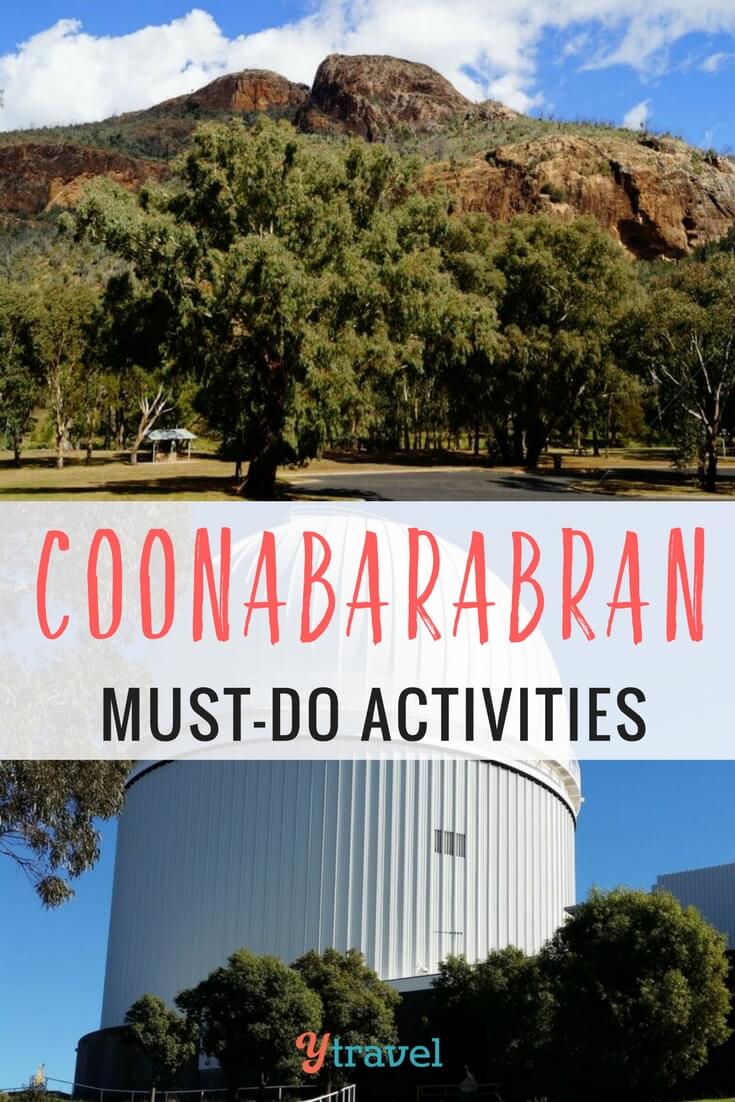This post may contain affiliate links. We may receive a small commission, at no cost to you, if you make a purchase. Read Disclosure.
You may not have heard much about Coonabarabran, given that it has a population of less than 3,500 people, but you would be wrong to scratch it off your list of places to visit.
Despite its size, there are plenty of things to do in Coonabarabran NSW, which is famous for being the gateway to the iconic Warrumbungles mountain range and The Astronomy Capital of Australia – it’s not hard to see why when you take a look at the clear night skies.
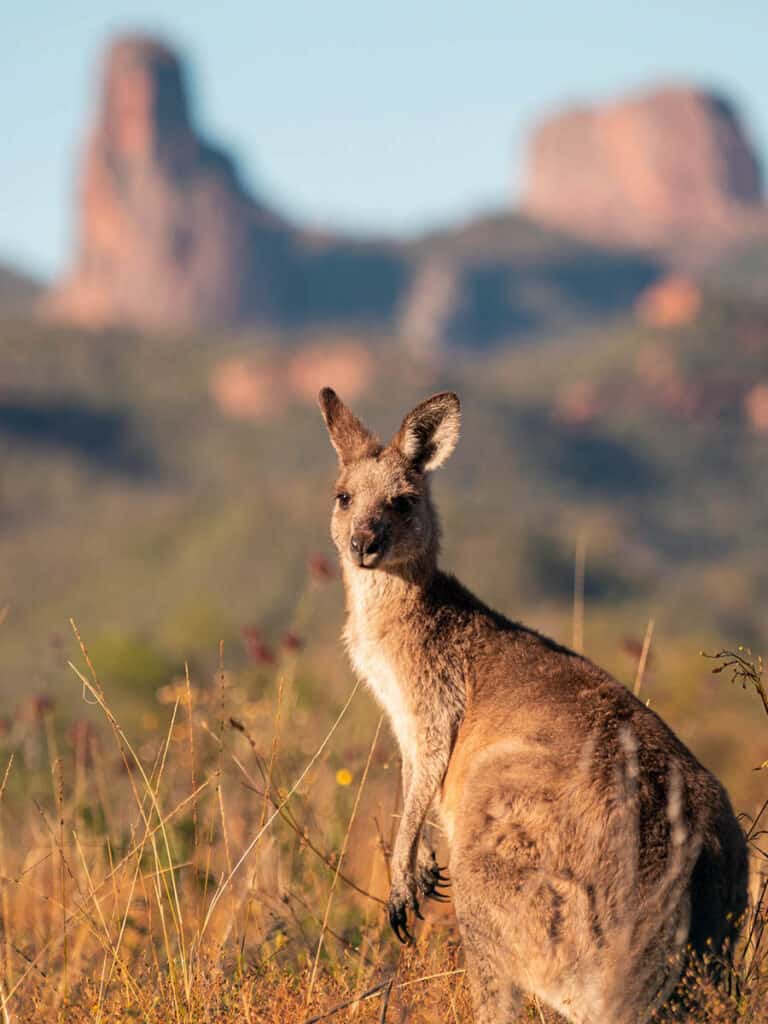
Coonabarabran in Central New South Wales is a gorgeous little town on the Castlereagh River. We had driven through it countless times, but never had the opportunity to stay, until our 18-month road trip around Australia when we finally had the chance to check it out.
As we discovered, Coonabarabran is the ideal spot to base yourself if you want to do a little ‘star gazing’ or explore the Warrumbungle National Park.
If you’re not sure what to do in Coonabarabran, here are the top attractions not to miss…
- Things to Do in Coonabarabran
- 1. Visit The Visitor Information Centre and Diprotodon Exhibition
- 2. Visit Siding Spring Observatory
- 3. Visit An Observatory
- 4. Marvel At Crystal Kingdom Mineral Museum
- 5. Visit Warrumbungle National Park
- 6. Hike The Wambelong Nature Track
- 7. Walk The Burbie Canyon Walk
- 8. Check Out Discovery Programs at Pilliga Forest Discovery Centre in Baradine
- 9. Visit Crystal Kingdom
- In Summary
- Other Ideas for Country NSW
- Save this to Pinterest
Things to Do in Coonabarabran
Whether you’re into science, history, or just want to relax in nature, be sure to add the following attractions to your itinerary…
1. Visit The Visitor Information Centre and Diprotodon Exhibition
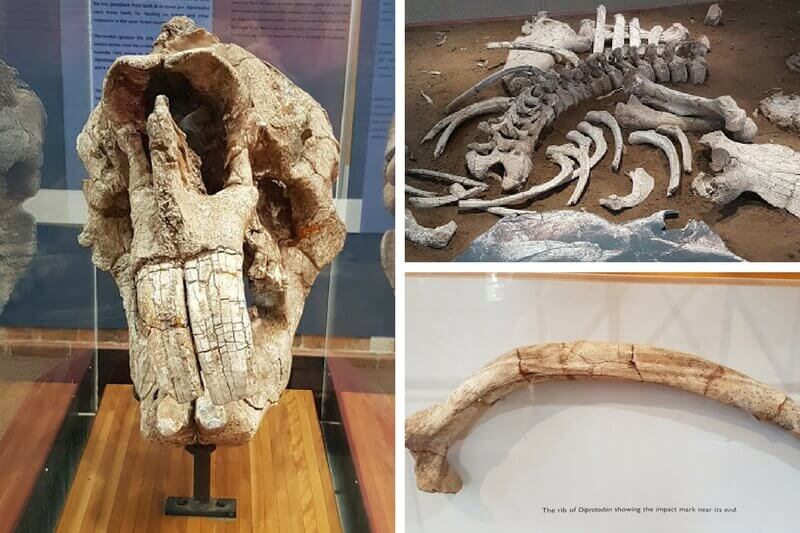
Whenever we visit a new area for the first time, we like to call into the Coonabarabran Visitor Information Centre.
These centres are usually staffed by locals. Some are even volunteers, so you know they are both passionate and knowledgeable about their local area.
After gathering up some info on the Coonabarabran area, we headed into the Australian Museum Diprotodon Exhibition which is housed in the rear of the Centre.
The Diprotodon was a huge marsupial, a little like a large wombat that wandered the Earth over 30,000 years ago. An almost complete Diprotodon skeleton was found near Coonabarabran in 1979.
The Diprotodon was a huge marsupial, a little like a large wombat that wandered the Earth over 30,000 years ago. An almost complete Diprotodon skeleton was found near Coonabarabran in 1979.
The Centre also houses the Aboriginal Lands Council Keeping Place. This display shows the connection of the local Aboriginal people – the Gamilaroi people – to the land.
I was fascinated with the depiction of some of their Dreamtime stories. I especially enjoyed the story of Yowie – the Spirit of Death and the Southern Cross.
I was fascinated with the depiction of some of their Dreamtime stories. I especially enjoyed the story of Yowie – the Spirit of Death and the Southern Cross.
2. Visit Siding Spring Observatory
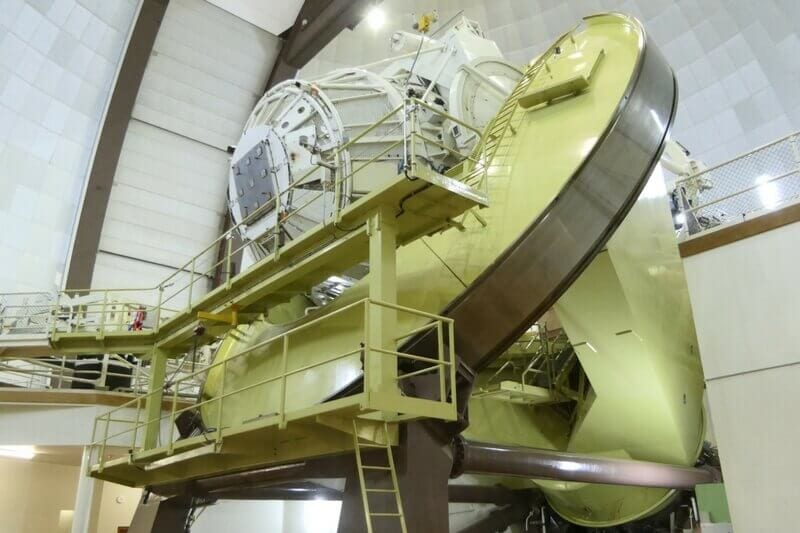
You cannot visit Coonabarabran without taking a drive out to Siding Spring Observatory in Warrumbungle National Park.
Located on Mt Woorut, just under 30 kilometres from town, there are 16 research instruments at Siding Spring.
This includes the Anglo Australian Telescope, which is the largest optical telescope in Australia.
Siding Spring was selected as the perfect spot for radio astronomy in the 1960s because of the dark skies and lack of turbulence in the area.
Siding Spring was selected as the perfect spot for radio astronomy in the 1960s because of the dark skies and lack of turbulence in the area.
As Siding Spring is an operational research facility, there are areas that have restricted access to the public. But you can climb all the way to the top viewing platform where you are able to observe the giant telescope.
It is four flights up or as we discovered after we reached the top – you can take the lift! It is a massive piece of equipment and you can’t help but marvel at the technology that allows us to look deep into outer space.
In the Exploratory Centre, you can learn more at the hands-on exhibition.
There is also a coffee shop and small gift shop as well. Outside you will find some picnic tables that have spectacular views of the Warrumbungles.
Siding Spring is open to the public Monday to Sunday from 8.30am to 4pm and is closed on Tuesdays. Entry is free.
3. Visit An Observatory
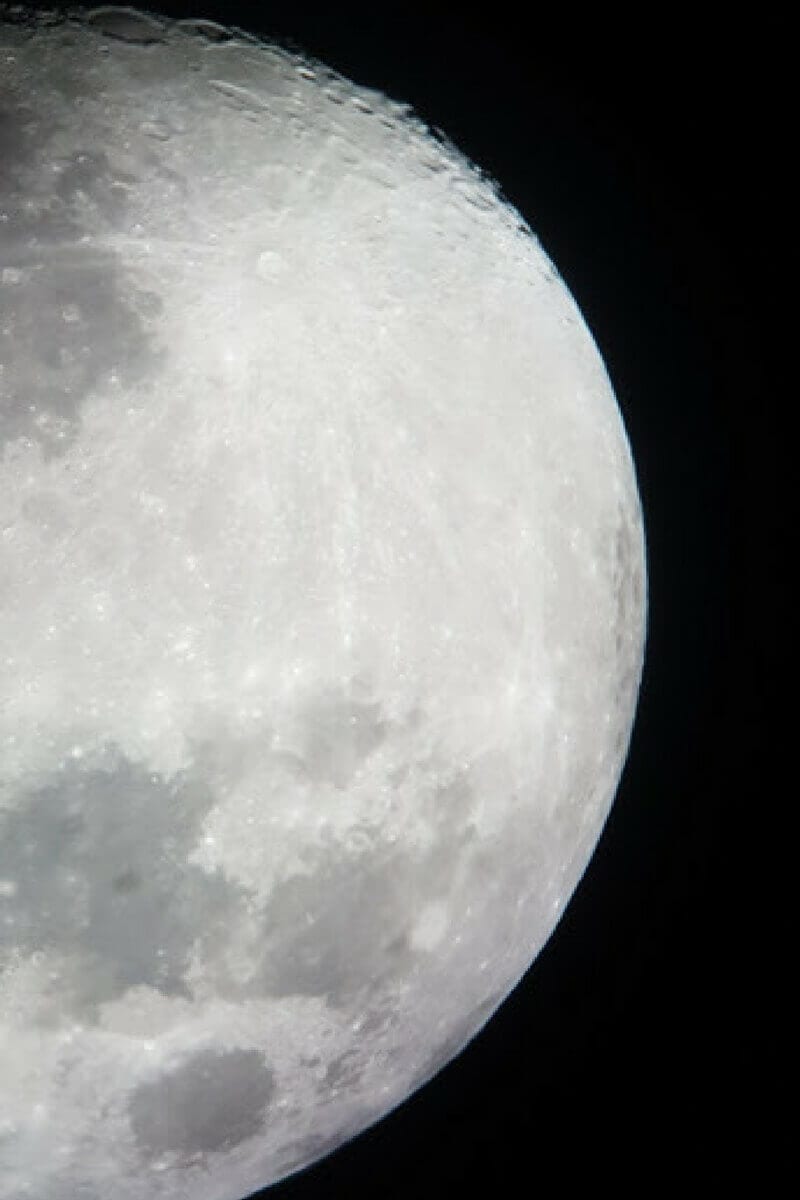
As Siding Spring is a research facility, it is not open to the public at night time, but it does have a Visitor Gallery in the AAT dome and they also offer guided tours if you contact Coonabarabran Stargazing beforehand.
It’s worth stopping into Siding Spring, home to Australia’s largest optical telescope, if you’re into astronomy.
If you’re not a big astronomer and just want to do some stargazing, there are a number of private observatories in the area where you can go for a night time viewing.
We chose the Warrumbungle Observatory, which has now closed, but you can find plenty of stargazing tours at Milroy Observatory, or take the OzSky Star Safari.
On our tour, we had the opportunity to view the night sky through three different sized telescopes. Our guide Marcus was extremely knowledgeable and was able to answer the many questions that the group had.
We were able to observe the stars of the Southern Cross and we learnt that the brightest star in the Southern Cross is called Alpha Crucis. We also learnt that Sirius is the brightest star in the sky and that it is a blue super star.
For those who own a Nikon or Canon DSLR camera, these can be attached to the large telescope for the chance to capture a shot of the night sky and milky way.
As we don’t own one of those cameras, we tried our luck with our phone and we were able to capture a shot of the moon which was almost full at the time of our visit.
If possible, pick a night when the moon is not close to full as you can see stars and other objects more clearly.
It is advisable to wear very warm clothing if you are visiting during the cooler months.
4. Marvel At Crystal Kingdom Mineral Museum
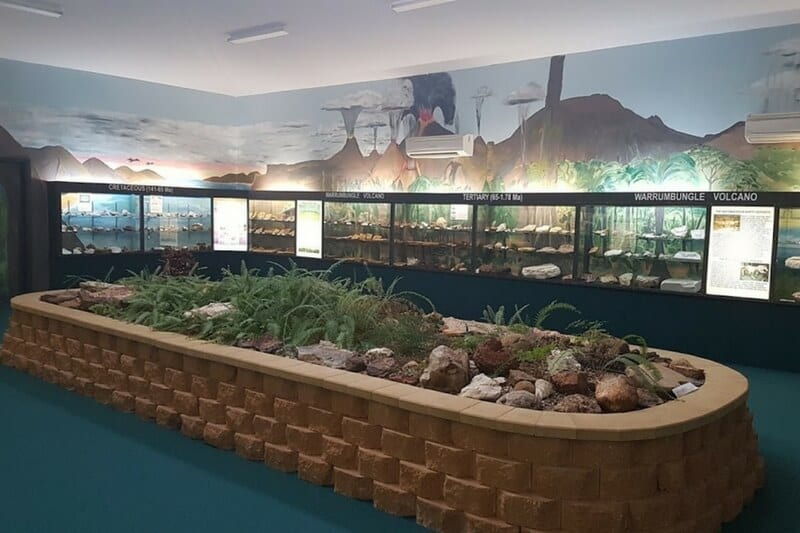
If you would like to learn more about the geology of the Warrumbungles then a visit to Crystal Kingdom is a must. This fascinating display showcases some rare minerals and fossils found in the Warrumbungle Range.
The Range consists of two volcanos – the Garrawilla Volcano and the Warrumbungle Volcano.
Both have been extinct for many millions of years. The Garrawilla area produced the rare and colourful Zeolite crystals on display, whilst the Warrumbungle volcano produced mainly fossilized specimens.
This collection is privately owned by Wolfgang and Nola Bredereck and has been accumulated over the past 50 years. Guided tours are available for a small fee, otherwise, entry is free.
5. Visit Warrumbungle National Park
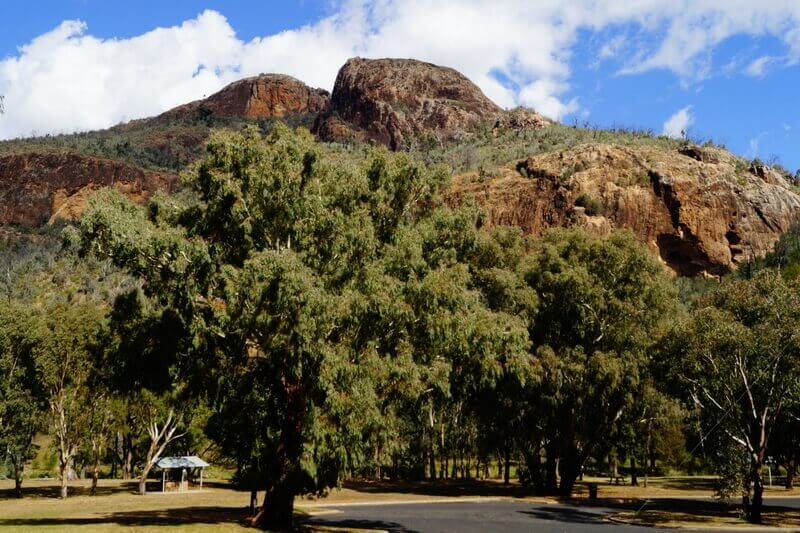
One word can be used to sum up the Warrumbungle National Park at Coonabarabran – SPECTACULAR!
From the moment we caught our first glimpse of the rugged peaks we knew we had found a special place.
The Warrumbungle National Park covers an area of more than 20,000 hectares. The park was placed on the National Heritage List in 2007 for it’s cultural and geological values.
Still recovering from a devastating bushfire in 2013, many of the park’s features are now clearly visible.
Although some areas of the park remain closed and some infrastructure is still to be rebuilt, you will not be disappointed with what is available.
A visit to the temporary Visitors Centre will get you started with a map and advice on walking tracks and camping areas.
The main camping area is called Camp Blackman and has a range of caravan and camp sites available. There are also picnic areas and toilets available.
6. Hike The Wambelong Nature Track
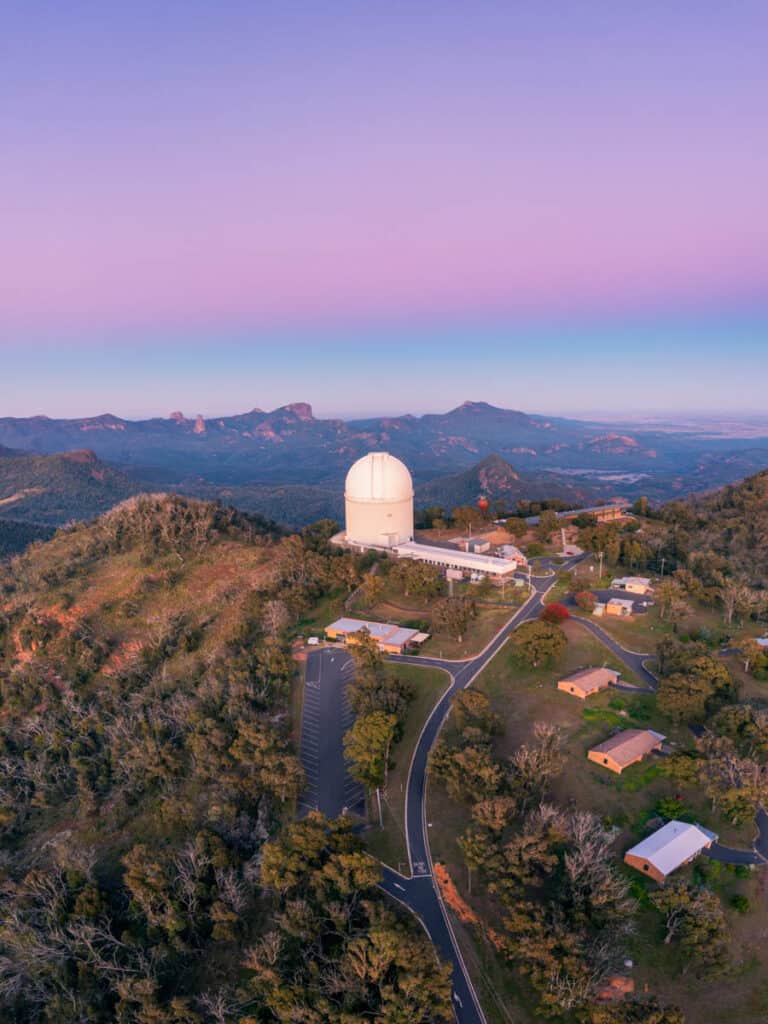
For our first walk, we chose the Wambelong Nature Track. This track is around 1.1 kilometres in length and starts and finishes in the Canyon Picnic Area. The first section of this track is mostly level with a few stairs and a slight incline.
You will cross the creek twice before climbing up a number of steep stairs to a level rocky outcrop.
From here you are afforded the most amazing views of the whole area, including the Siding Spring Observatory. On this section of the track, you will need to watch out for yellow reflective markers to guide your way back to the bottom.
This walk is classed as being of moderate difficulty and will take you at least 45 minutes to complete. It is advisable to wear sturdy walking shoes and carry water with you.
No matter what time of day you do this walk you will be guaranteed of seeing plenty of wildlife, including wild kangaroos, emus, and goats!
7. Walk The Burbie Canyon Walk
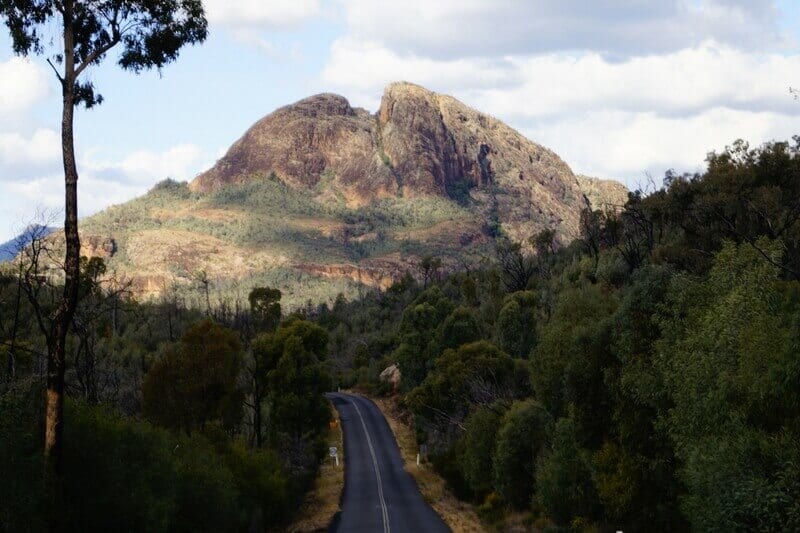
For our second walk, I chose the Burbie Canyon walk. Although this is a longer walk, at just over two kilometres return, it is mainly flat so it is less strenuous than Wambelong.
The walk winds its way through scrubland and then alongside what would be a flowing creek when the area receives rainfall.
Tall granite cliffs dominate the opposite side of the creek to the walking track. The easy walk was shady and cool and frequent bird songs could be heard.
It was very peaceful and I couldn’t help but feel relaxed and a world away from civilization!
Relevant Reading: Things to do in Coonamble and the Pilliga in NSW
8. Check Out Discovery Programs at Pilliga Forest Discovery Centre in Baradine
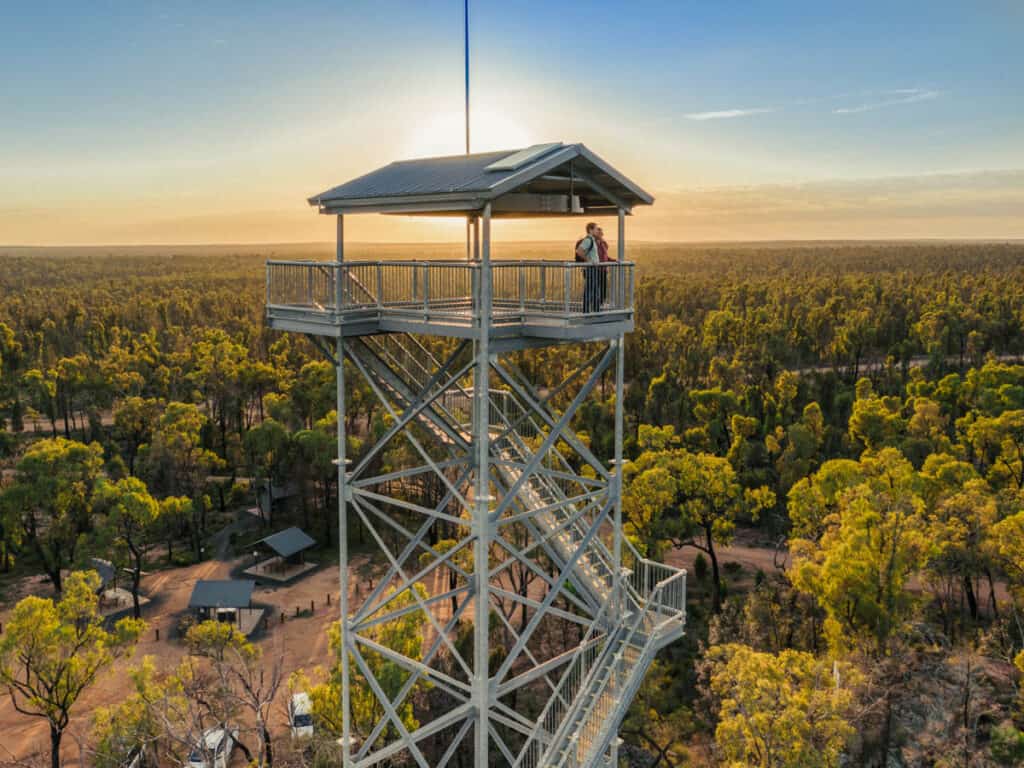
Before heading out into the forest of Pilliga Nature Reserve (sometimes called Pilliga Scrub), be sure to pop into the Pilliga Forest Discovery Centre, where you can pick up maps, learn about bird watching routes, and most importantly, book discovery programs and tours.
It has a small exhibit showcasing the plants, wildflowers, and fauna of the forest, as well as has some information on the Aboriginal cultural heritage.
But if you really want to follow in the footsteps of the Gamilaroi people, the original custodians of the land, then be sure to step out into nature’s classroom on a guided Discovery tour of Sandstone Caves, which is an important Aboriginal site.
You can find out about these tours from the Discovery Centre.
9. Visit Crystal Kingdom
Another free thing to do in Coonabarabran is visit Crystal Kingdom, a small museum containing the first collection of minerals and fossils from only one local area in Australia.
They have some of the world’s rarest and most colourful crystals, gemstones, and rare local fossils.
You can also buy jewellery and other crystals from the giftshop, which are a lovely souvenir to take home.
In Summary
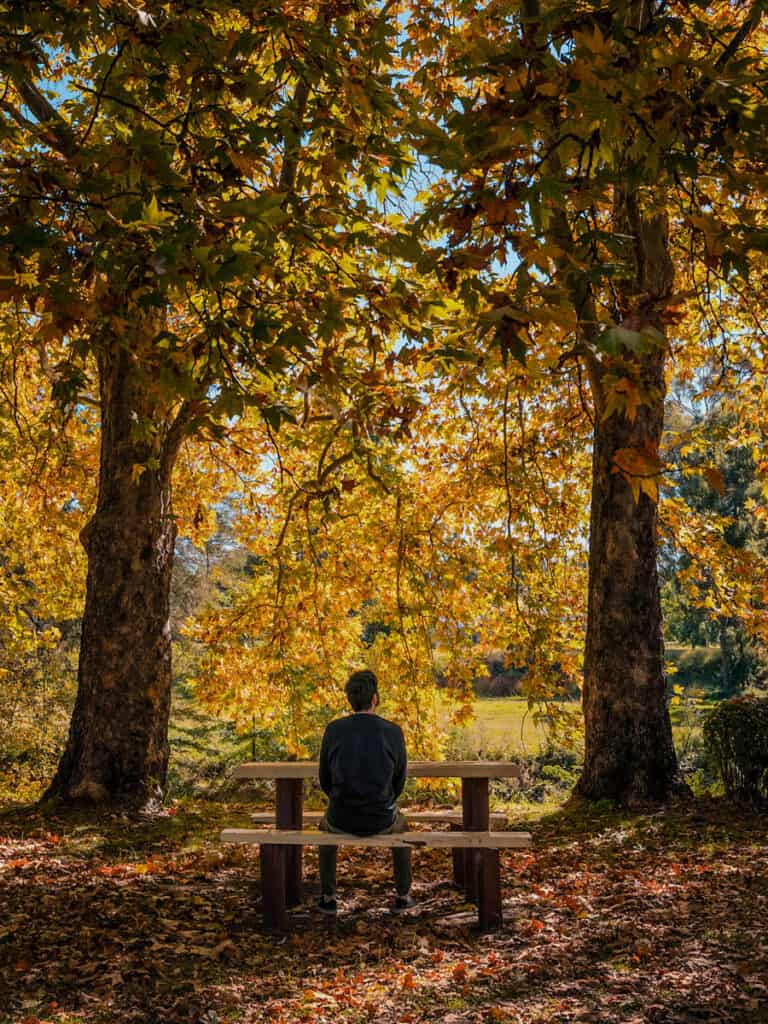
There are so many things to do in Coonabarabran, and it’s such a pretty little town. It had a lovely feel to it and I could have stayed for longer.
Coonabarabran is a town whose history dates back to the mid-1800s.
To the north is the vast Pilliga State Forest and to the west is the Warrumbungle National Park, which we really only skimmed the surface of what is a vast area. There were another 10 walking/hiking tracks that we could have tackled with places to camp along the way.
If you are looking for a great place for a family holiday with lots to see and do for everyone, then I think you’ll love Coonabarabran and the Warrumbungles.
Other Ideas for Country NSW
- Awesome Things to Do in Bathurst with kids
- Exciting Things to do in Armidale NSW
- Top 5 Things to Do in the Southern Highlands of NSW
- Awesome Things to Do in Mudgee NSW
Save this to Pinterest
